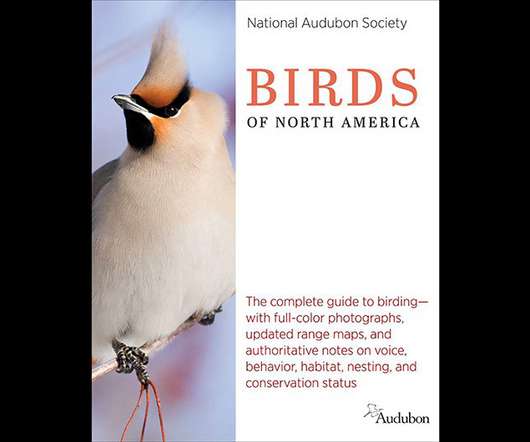From Today's New York Times
Animal Ethics
JULY 12, 2010
A Humane Egg The life of animals raised in confinement on industrial farms is slowly improving, thanks to pressure from consumers, animal rights advocates, farmers and legislators. This requirement would at least relieve the worst of the production horrors that are common in the industry now.




















Let's personalize your content